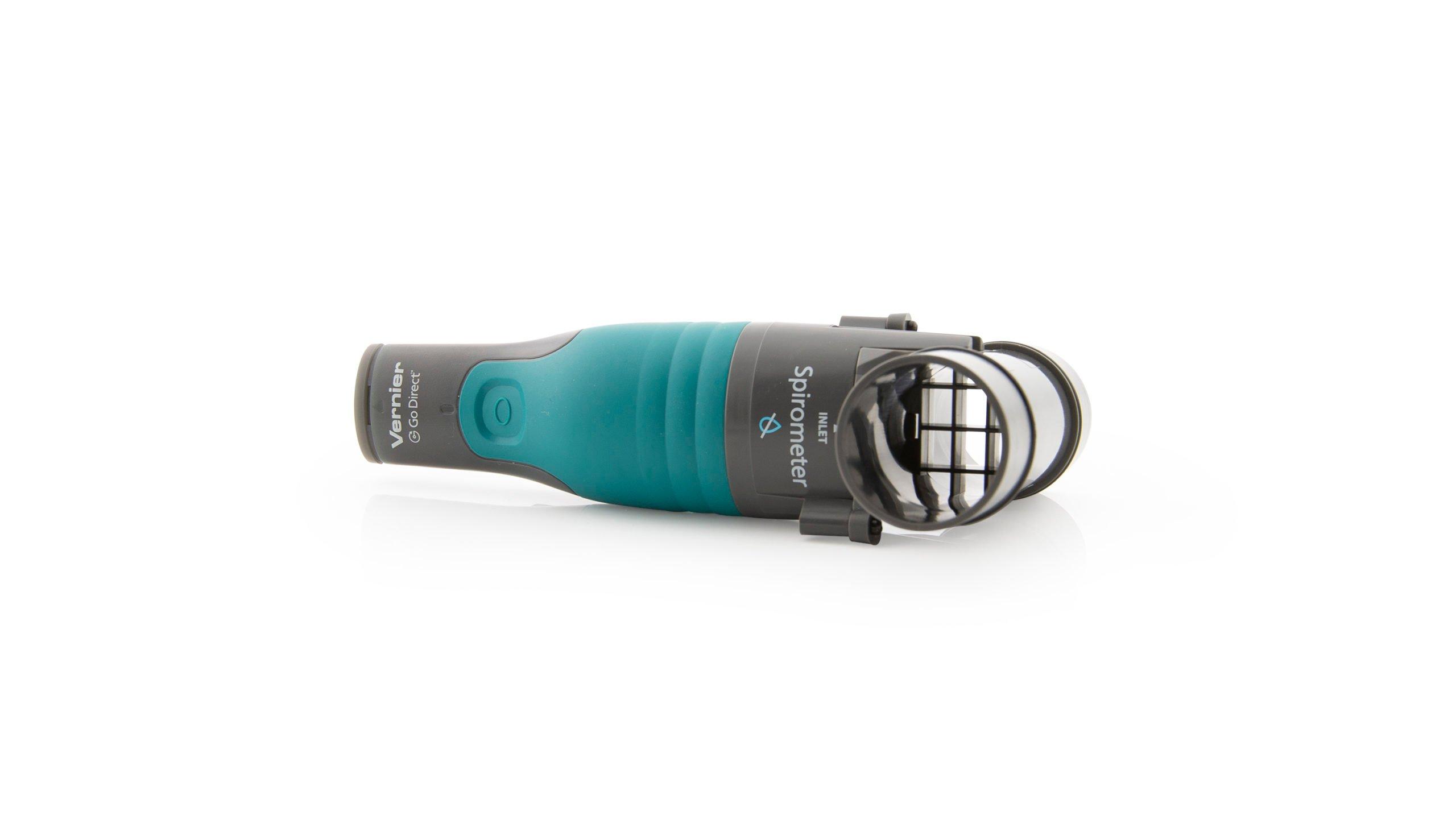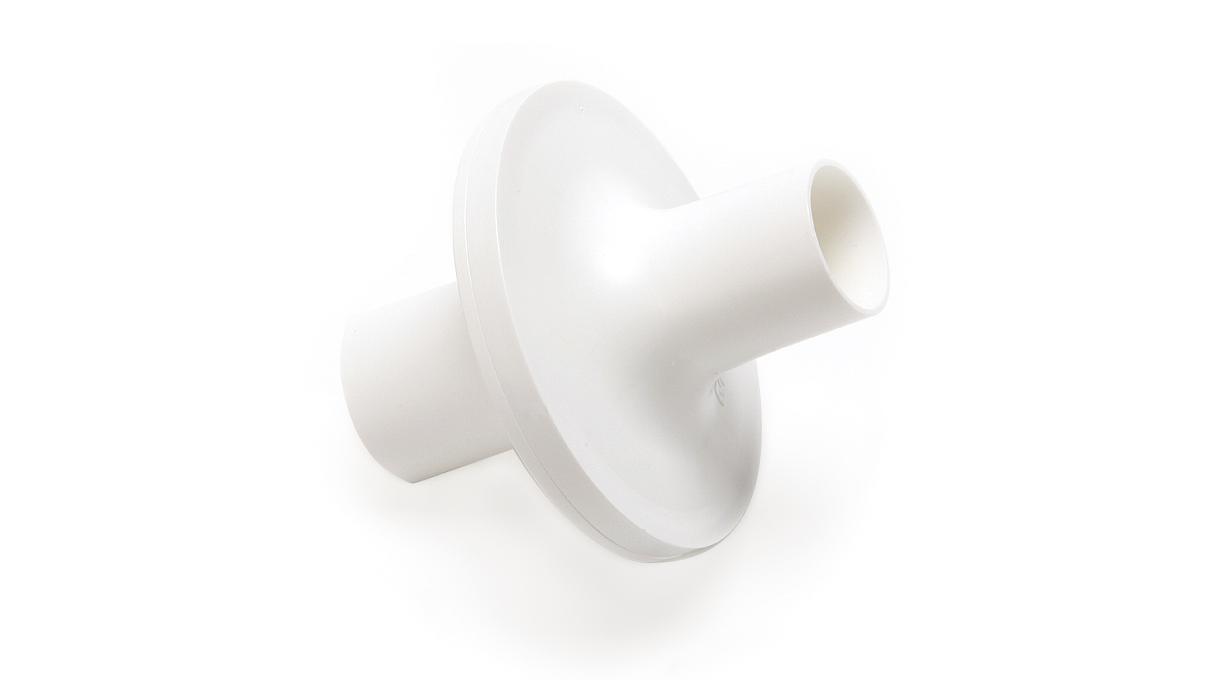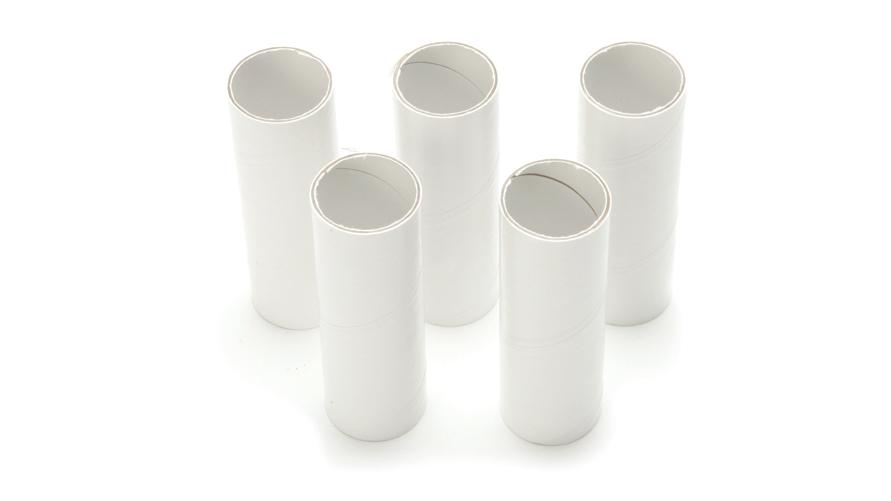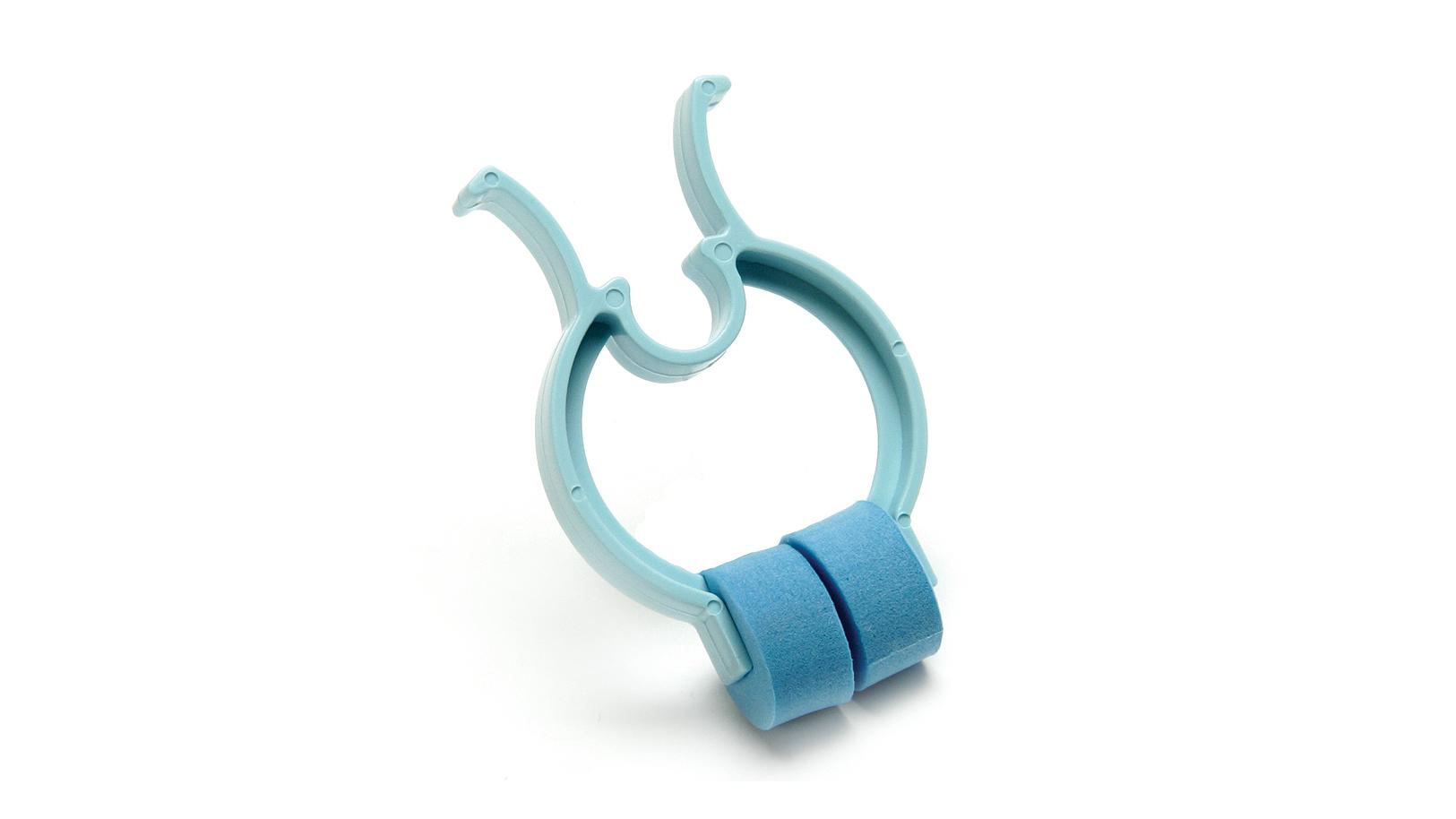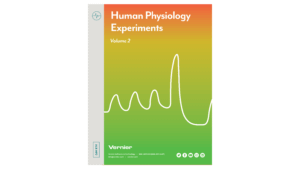Introduction
Asthma is a condition where a person’s ability to breathe is impeded by a combination of inflammation of the airways (which causes swelling that narrows the passages) and excessive mucus production (which obstructs the passages). Asthma can be triggered by a number of things, including allergies, exercise, illness, stress, and even the inhalation of cold air. Asthma attacks are often accompanied by wheezing and coughing. Prolonged or severe asthma attacks can be life threatening, so asthma is typically treated as a serious medical condition.
Because asthma obstructs the airways, it becomes difficult to move air quickly during breathing. This results in a lowered flow rate for air moving in and out of the lungs. The peak expiratory flow rate, PEF, is the maximum rate of exhalation, and is typically measured by a peak flow meter, a small handheld device that patients can use to monitor their condition.
Traditional spirometry doesn’t usually examine PEF, but instead measures forced expiratory volume in one second, FEV1, as part of a forced vital capacity test. Airflow obstruction is generally defined by a reduced FEV1 to FVC (forced vital capacity), resulting in a relatively greater decrease in FEV1 compared to FVC.
In this experiment, you will compare lung capacity when breathing normally and breathing with an obstruction that simulates asthma. You will also use flow loop analysis to compare FEV1 and FVC between normal air movement and obstructed air movement. Unlike traditional spirometry, you will also measure PEF.
Important: The equipment used in this experiment is for educational purposes only and should not be used to diagnose medical conditions.
Sensors and Equipment
This experiment features the following sensors and equipment. Additional equipment may be required.
Ready to Experiment?
Ask an Expert
Get answers to your questions about how to teach this experiment with our support team.
- Call toll-free: 888-837-6437
- Chat with Us
- Email support@vernier.com
Purchase the Lab Book
This experiment is #11 of Human Physiology Experiments: Volume 2. The experiment in the book includes student instructions as well as instructor information for set up, helpful hints, and sample graphs and data.

